Kickboxing may seem like a simple sport, but there are many different styles, each with its own rules. Once you understand these rules, you can choose a style that suits your goals. Kickboxing first emerged in Japan, around 1955 to 1968.
Most-Popular Kickboxing Styles
Muay Thai
Muay Thai, also known as the art of eight limbs, uses punches, kicks, knees, and elbows and is also very strong in the clinch. Fighters train to land hard punches, dump an opponent from the clinch, and score points with back-to-back knees.
American Kickboxing ( Full-Contact )
You can only punch and kick above the belt in this American rules-based style. Kicks to the legs, knees, or elbows are prohibited. Fighters wear long pants and usually deliver nice spinning kicks to the head or ribs.
K-1 Kickboxing ( Japanese kickboxing )
K-1 is a specific organization and set of rules within the realm of Japanese kickboxing, K-1 is a global rules-based boxing style that combines boxing with low kicks and knees to the body or head but does not allow elbow strikes or extended clinches. Fights take place in over three intense rounds full of fast-paced action.
Dutch Kickboxing
Dutch Kickboxing is taken from Kyokushin Karate, Western Boxing, and Muay Thai. Fighters use a combination of boxing punches and forward thrusts, finishing with heavy kicks to the legs. Elbow strikes are prohibited, and clinches are rare. GLORY’s U.S. events plus many MMA/kickboxing gyms train in the Dutch syllabus.
Savate French Kickboxing
In Savate, fighters wear light boots and strike only with their feet and fists. There are no leg kicks, knees, or elbows. Accuracy and distance control are significant.
Sanda Chinese Kickboxing
Sanda mixes punches and kicks with throwing and sweeping the opponent. You can score points with strong punches or throw the opponent to the ground or off the platform.
Lethwei Burmese Boxing
Lethwei allows everything Muay Thai and even adds headbutts. Traditional fights don't have referees, so you can only win by knockout; otherwise, it's a draw.
Cardio Kickboxing
Cardio is a fitness program that uses kickboxing moves for exercise and fitness. It includes bag work, shadowboxing, and intense workouts to get your heart rate up without fighting an opponent or competitive rules.
Different Kickboxing Styles
Muay Thai Rules
In Muay Thai, you can strike with punches, elbows, knees, roundhouse or teep kicks, sweeps from the clinch, and dumps after catching a kick. Matches are held in five three-minute rounds that test your stamina and movement in the ring. The referee scores points for clear impact, especially body kicks, knees, and clean dumps. The fight ends either by knockout or by points. The professional ring only uses gloves, mouth guards, and groin guards.
k-1 kickboxing Rules
In K-1, you can strike with boxing punches, kicks to the head or legs, and single knees. Elbows, sweeps, and throws are banned. If you clinch, you must let go after a scoring knee. Professional matches are three rounds, with one extra round for a draw and five rounds for a championship. Referees use a ten-point scoring system, giving higher points to knockdowns.
American Kikcboxing Rules
In this style, only above-waist kicks and punches score. Foot sweeps to the front ankle are legal, yet low kicks to the thigh are illegal. Holding the clinch is also not allowed. Many competitions require at least eight kicks per round to make the style more than just boxing. A helmet and foot pads are used in amateur competitions, but professionals only wear gloves and long pants.
Dutch Kickbxogin Rules
Punches, short kicks, and knees to the body are allowed in this style. Knees to the head depend on the match type, but elbows are not allowed. Clinches can only last about five seconds and must be a quick attack. Referees give more points for forward pressure and damage. The length of the round is the same as K-1.
Savate Rules
In Savate, you must land clean blows with your boots or gloves to score points. The kick must be with the heel or edge of the shoe, not the shin. The clinch is broken immediately. Each professional match consists of five two-minute rounds. Fighters wear a one-piece suit, boots, and boxing gloves.
Sanda Rules
In Sanda, boxing punches on the front side, round kicks, and limited knees are allowed. You can grab, catch, and sweep or hip-throw the opponent. Elbows are not allowed. Points award: one for a strike, two for a clean throw or ring out. Matches are three two-minute rounds. In amateur matches, head and chest guards are used.
Lethwei Rules
In Lethwei, all Muay Thai strikes are free, plus head strikes. Fighters compete with clenched fists instead of gloves. If knocked out, the match is a draw. Each fighter may take a two-minute break after a knockout and return. The game is fought in five three-minute rounds.
Cardio Rules
Classes last forty five to sixty minutes. Coaches drill punch and kick combinations against the air or heavy bags. No contact no judging no weight classes. The only rules are correct form hydration and consistent movement for cardio benefit.
| Feature / Technique |
Muay Thai |
American Kickboxing |
K-1 / Dutch |
Savate |
Sanda |
Lethwei |
Cardio |
| Punches Allowed / Kicks Above Waist |
✅ |
✅ |
✅ |
✅ |
✅ |
✅ |
✅ |
| Kicks Below Waist (Low Kicks) |
✅ |
➖ |
✅ |
✅* |
✅ |
✅ |
➖ |
| Knees Allowed |
✅ |
➖ |
✅* |
➖ |
✅ |
✅ |
➖ |
| Foot-Only Kicks (no shin) |
➖ |
✅ |
➖ |
✅ |
➖ |
➖ |
➖ |
| Clinch (limited/short) |
➖ |
➖ |
✅ |
➖ |
✅ |
➖ |
➖ |
| No Clinch |
➖ |
✅ |
➖ |
✅ |
➖ |
➖ |
✅ |
| Foot-and-Body Throws / Sweeps |
✅ |
➖ |
➖ |
➖ |
✅ |
➖ |
➖ |
| High Kicks Only |
➖ |
✅ |
➖ |
➖ |
➖ |
➖ |
✅ |
| Elbows Allowed |
✅ |
➖ |
➖ |
➖ |
➖ |
✅ |
➖ |
| Clinch (unlimited) |
✅ |
➖ |
➖ |
➖ |
➖ |
✅ |
➖ |
| Headbutts Allowed |
➖ |
➖ |
➖ |
➖ |
➖ |
✅ |
➖ |

Which Kickboxing Style is Best?
Think about your goal first. If you want to learn all the striking, Muay Thai includes all types of strikes and weapons, but you need to be prepared and able to hold your own in the clinch. If you're looking for a fast style for TV shows with lots of fights, choose K-1 or Dutch. These styles emphasize heavy boxing and leg kicks, producing exciting knockouts that captivate the audience. If you've done karate before and like high kicks above the waist, American Full Contact allows you to use your familiar techniques without worrying about getting hit in the shins. Sanda also teaches wrestling skills, which is beneficial for those who may later transition to mixed martial arts (MMA). Savate is ideal for those who prefer tactical, subtle movements and want to minimize injury. Lethwei is a very tough test of courage, but the risk is high, and only experienced fighters should undertake it. If you're looking for a fitness workout, cardio kickboxing offers a fun, non-impact option.
No one style of kickboxing is the best. The best style is the one you can consistently enjoy and have fun with, and that fits your goals for competition or health. Try a few different classes, see the rules in action, and then stick with the style that motivates you. Train smart, take care of yourself, and enjoy the benefits of kickboxing in whichever way you choose.
Your Kickboxing Starter Pack
Ready to get started with kickboxing? This Adidas starter pack includes all the essential gear to keep you protected, comfortable, and stylish!
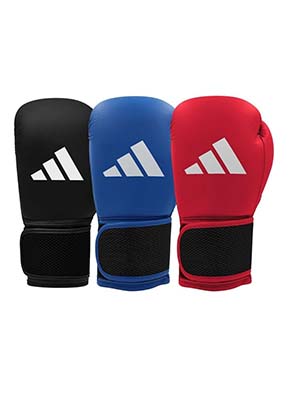
ADIDAS Hybrid25 Boxing Gloves
Perfect for beginners, offering cushioning and wrist support.
Buy Now
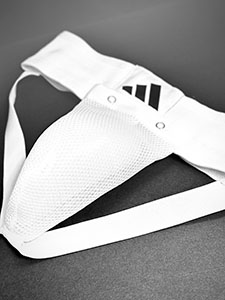
ADIDAS Groin Guard
With a reinforced plastic cup surrounded by foam-lined edges, it offers unmatched safety.
Buy Now
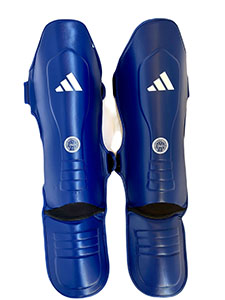
ADIDAS Shin Guards
These guards have a foam liner that superbly absorbs shock and a design that ensures a snug fit.
Buy Now
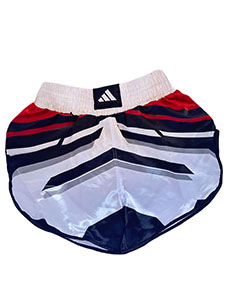
ADIDAS Kickboxing Shorts
With a fitted waistband and above-the-knee length, these kickboxing shorts offer freedom of movement and a secure fit.
Buy Now





















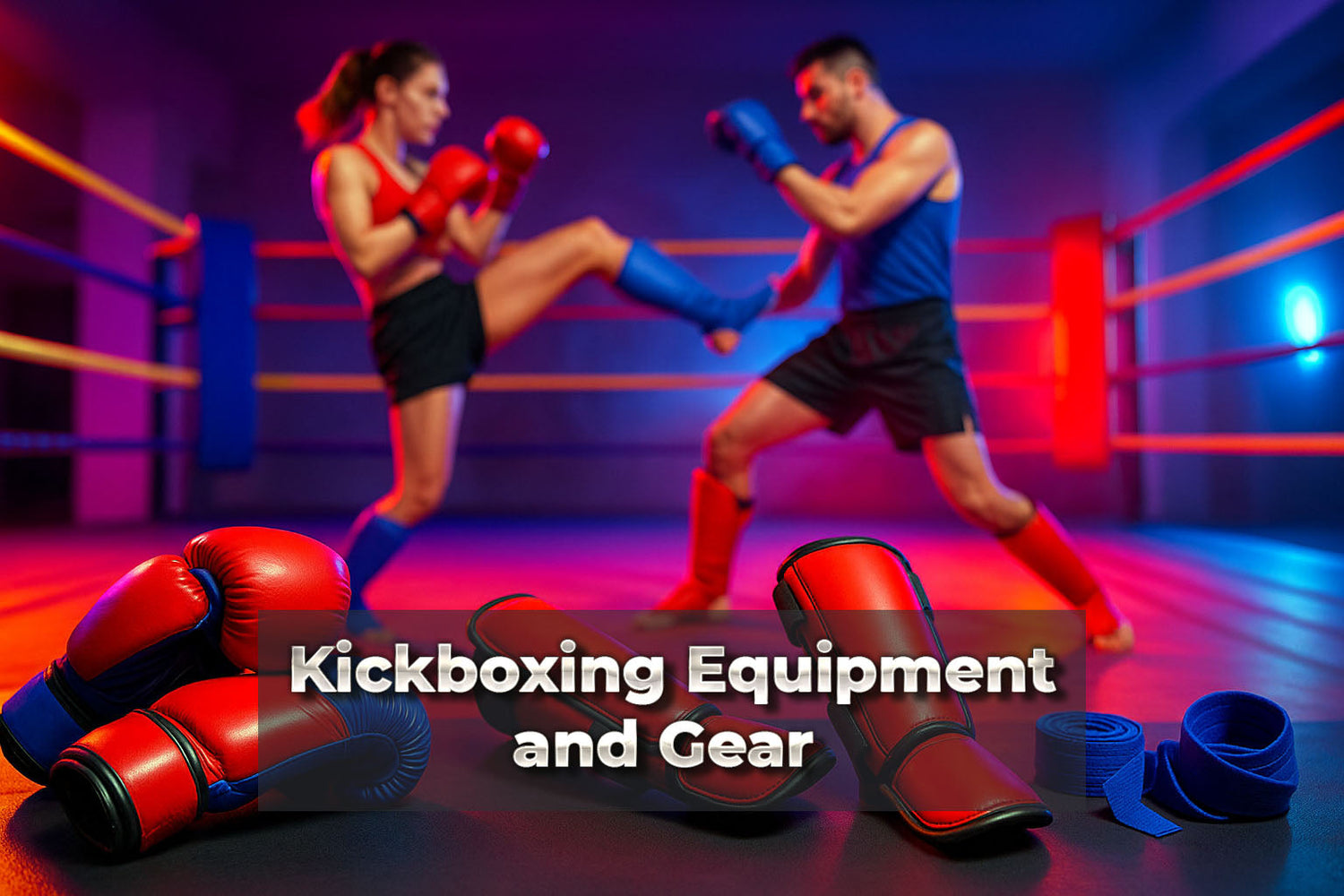

2 comments
Please explain more about the American style.
Great article; I have a question. You said kickboxing started in the 1950s to the 1970s, but how did forms like Savate in France or Muay Boran in Thailand influence modern kickboxing?
Admin reply: Western and Eastern martial arts have played a significant role in modern kickboxing, with Savate originating in France in the 19th century, which allowed for kicks, and Muay Boran, which is the basis of Muay Thai, used knees, elbows, and clinch kicks. Japanese kickboxing combined Muay Thai and boxing, and then American kickboxing emerged in the 1970s, which drew inspiration from karate's kicking techniques and boxing's punches. Over time, these developments shaped not only the techniques but also the organization and scoring methods of modern kickboxing around the world.